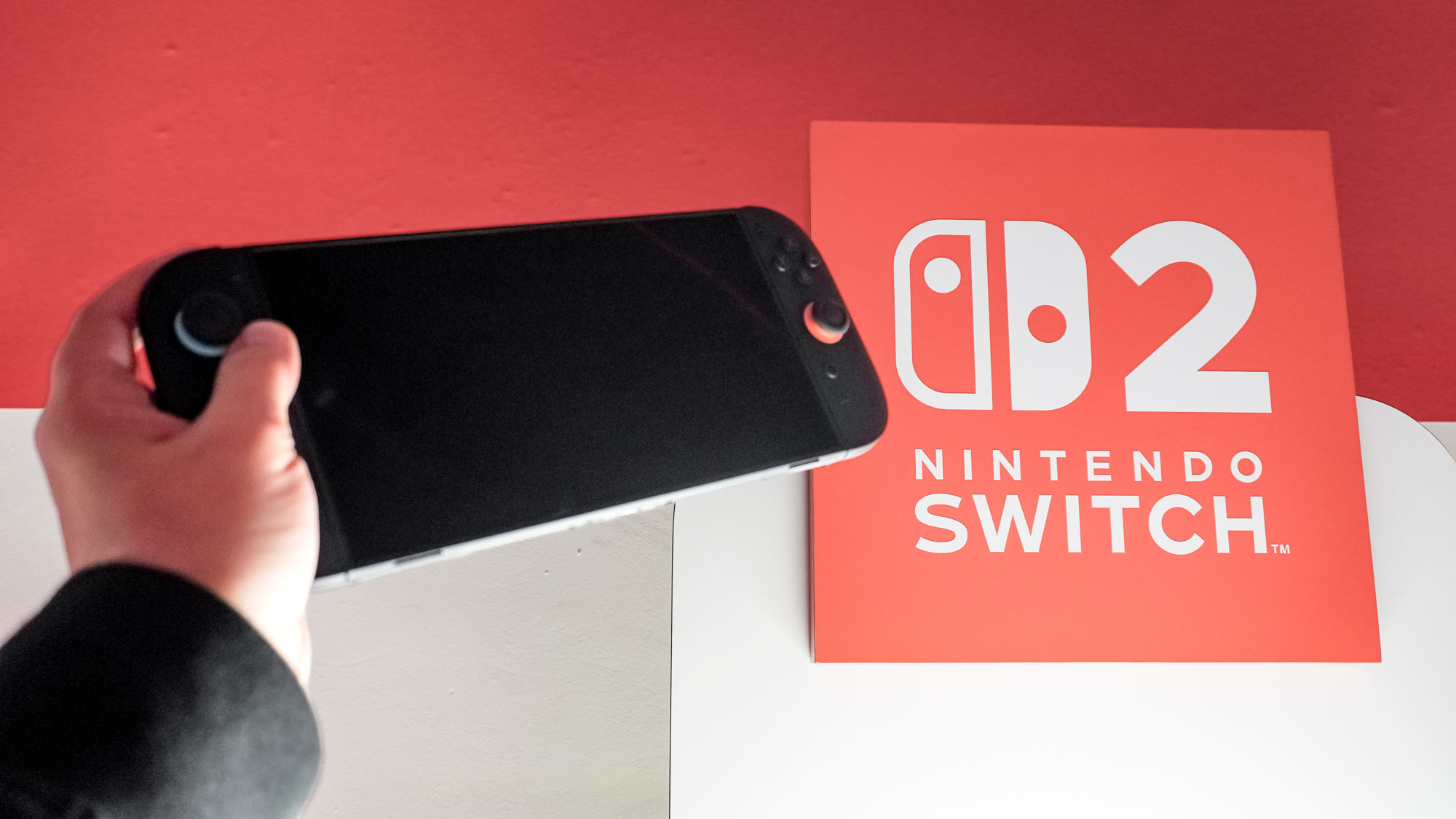How to Encrypt Your Android Phone or Tablet
Encrypting your Android device adds a strong layer of security, and it's easy to do. Here's how.

Do you use your Android smartphone to store personal photos, read important emails, purchase items online with your credit card, or edit and transmit important documents?
If the answer is yes, then you should consider encrypting your device. Unlike iPhones, Android devices do not automatically encrypt the data stored on them when a passcode lock is set, but if you're running Android Gingerbread 2.3.4 or higher, it's easy to enable.
MORE: Mobile Security Guide: Everything You Need to Know
Encrypting your phone means your files are encrypted at rest when the phone is locked. Any files you send and receive from your phone won't be encrypted, unless you employ other methods to make them so.
The only difference on the user side between an unencrypted and an encrypted phone is that you'll now have to use a passcode to unlock your phone.
For basic security reasons, you should already have your phone set to ask for such a code before it unlocks, but if you haven't, this added step might take some getting used to.
On unencrypted phones, this passcode merely locks the screen — it doesn't do anything to secure the files that are stored on your device. So if attackers find a way around the lock screen, they'll then have full access to your files.
Sign up to get the BEST of Tom's Guide direct to your inbox.
Get instant access to breaking news, the hottest reviews, great deals and helpful tips.
On an encrypted phone, the passcode is the key that decrypts your encrypted files, kind of like a key opens a lockbox.
When your phone is locked, the encryption is in place, so even if attackers get around the lock screen all they'll find is the scrambled data that encrypted files appear as.
1. Open up your Settings menu. You can do this by tapping the menu button on the lower left of the phone, and then tapping Settings.
2. In Settings, go to Security. You'll find this selection under the More tab at the top of the screen in Android Jelly Bean 4.2.2 and other recent versions.
3. Under Security, tap Encrypt Device. At this point, you'll be prompted to enter a passphrase of at least six characters, at least one of which is a number.
Once you decide on a passcode, your phone will start the process of encrypting your files. This can take an hour or more, so you should plug in your phone charger before you start.
Once the encryption process is complete you're done! Be sure to store your passcode in a safe place, as you'll now need it to access your phone and there's no way to recover a forgotten password.
Email jscharr@techmedianetwork.com or follow her @JillScharr and Google+. Follow us @TomsGuide, on Facebook and on Google+.
Jill Scharr is a creative writer and narrative designer in the videogame industry. She's currently Project Lead Writer at the games studio Harebrained Schemes, and has also worked at Bungie. Prior to that she worked as a Staff Writer for Tom's Guide, covering video games, online security, 3D printing and tech innovation among many subjects.
